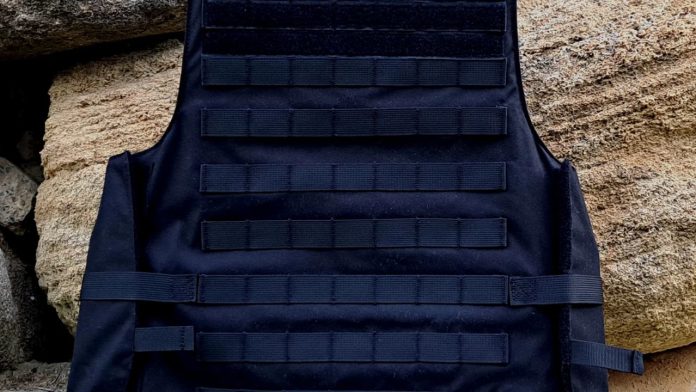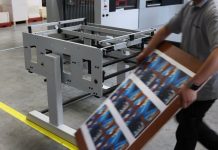The stab-proof vest is essential in saving a person from life-threatening damage. Irrespective of who wears it, whether the law enforcement officer, security person, or in a scenario where the civilian is operating in high-risk situations, they are made to provide a reliable safety device. Nevertheless, stab-proof vests, just like all personal protective equipment, are not intended to be used indefinitely. It is important to note that it is necessary to comprehend when to get a new vest from https://www.stabproofvest.uk/ to be safe and effective.
Depreciation in Structural Integrity
Considerable reduction in the structural integrity of a stab-proof vest is one of the most important indicators that a change in the vest is necessary. The protective layers may also wear out over a period, especially when the vest is exposed to moisture, heat, or directly handled roughly. In case the panels start to soften or break off, the vest will have lost its effectiveness in protection against stabs and cuts. Although the damage may not be visible, small signs of wear and tear may have severe effects on performance. An old vest that is not stiff or has retained its original shape can collapse under pressure.
Obvious Scratches and Scars
Another problem is external wear, which is another sign of the necessity of replacing a vest. Constant wear and tear will always result in frayed seams, frayed fabric, or puncture holes in the outer shell. Whereas the outer layer might not necessarily be the most important protection layer, the damage in the form of weakening might present sensitivity to the internal protection features to the injurious elements in the environment, such as moisture or UV rays. When the outer covering has been breached, the inner ones become simpler to wear out, thus reducing the defensive functions of the vest. By examining the outside on a regular basis, it may be possible to obtain early warning signs prior to the damage becoming irreversible.
Weak Fit and Fastening System
A stab-proof vest must fit to perform accordingly. In the long term, attachments such as Velcro straps, buckles, or zippers can degrade or stretch out, resulting in ill-fitting or loosely fitted items in a non-symmetrical manner. The vest, which moves around through motion or a loose-fitting vest, may leave the vulnerable portions of the body exposed during an attack. In case the vest does not fit snugly anymore or its fastening devices are not in good condition, then they should consider replacing it. Other than adding less protection, a poorly fitted vest may also compromise mobility and comfort.
Expiration Guidelines of the Manufacturer
Although they might not visibly tear or decay, stab-proof vests also have an approximate suggested and usual life-span of between five and ten years, depending on who creates them and what fabrication they use. These expiry dates are after rigorous testing, and one should not miss observing the same. Probably it happened that at the indicated period the protective components are saturated on the inside, even though on the outside they can declare that all is going well. In order to ensure constant safety, it is of great necessity to observe the guidelines of the manufacturer.
Conclusion
As long as a stab-proof vest has not become inefficient in terms of structure, fit, and protection, it can help. Wear and tear must be regularly checked to know when a vest has reached the end of its useful life. It can be because of the obvious damage, expiration, loss of shape, fastening problems, or some combination of them, but a different reason, and in order to maintain personal safety, older or worn vests should be changed. The consequence of relying on a compromised vest can be fatal; however, it is not only advisable that it be replaced on time, but it is necessary.














